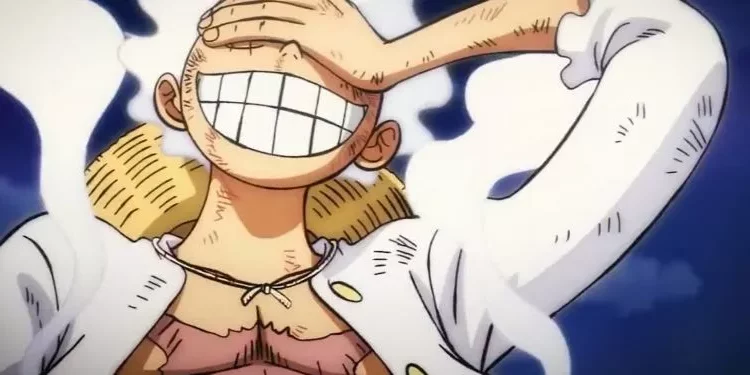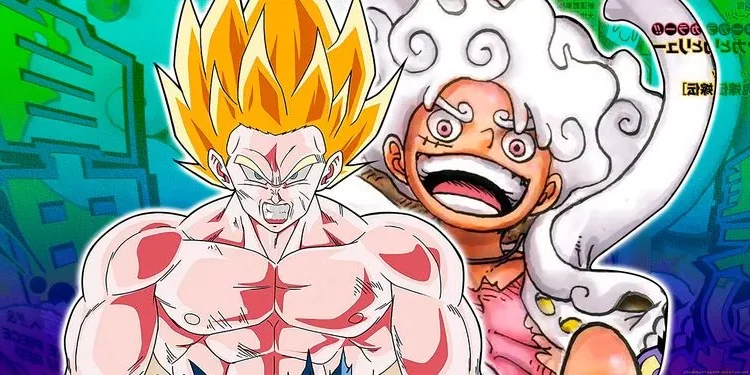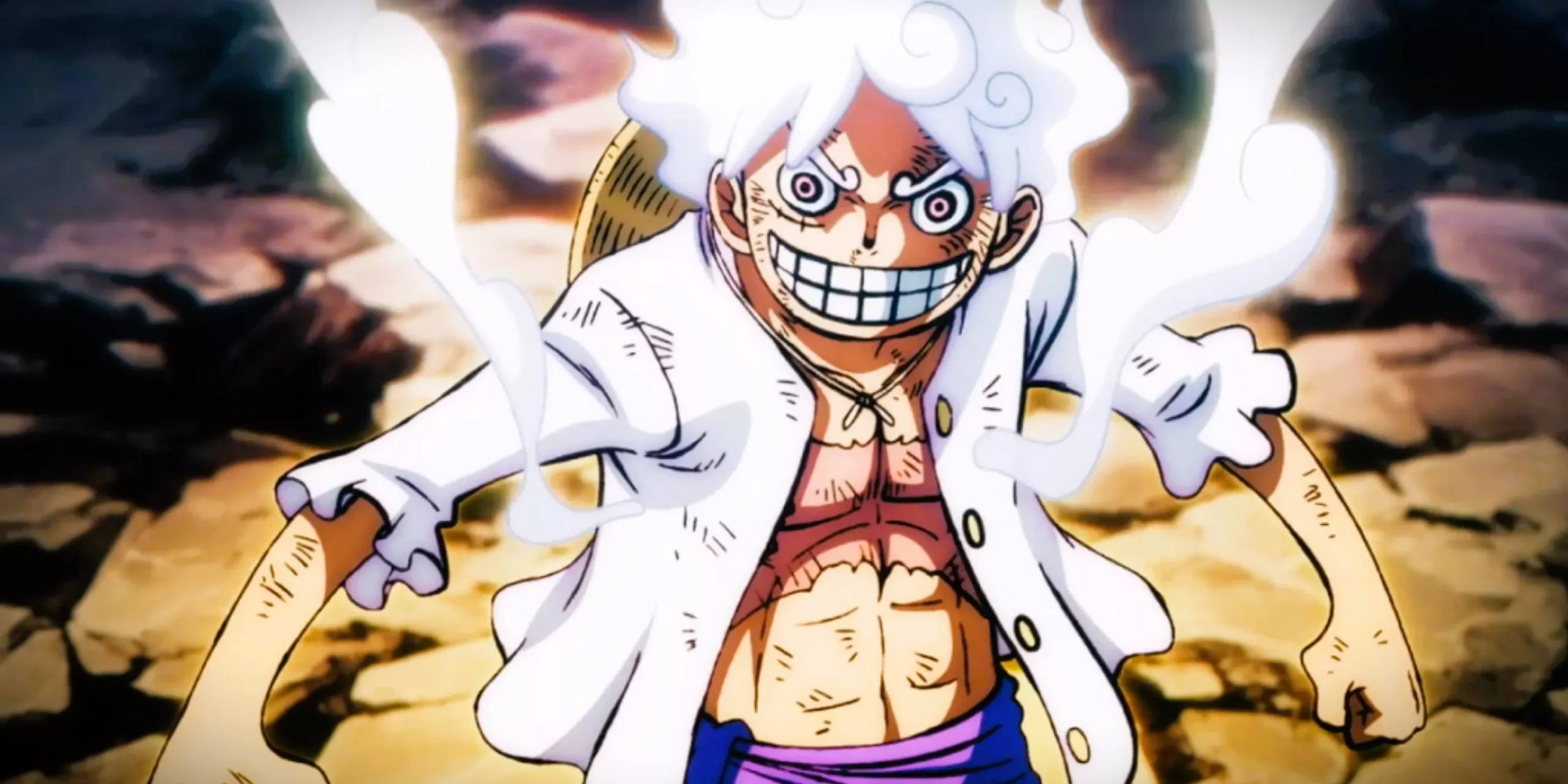Luffy’s transformation into Gear 5 has completely changed how power boosts are shown in shonen anime, making it one of the most significant happenings in anime history.
After more than 25 years of storytelling, the One Piece tale and its main character, Monkey D. Luffy, are finally approaching the last part of their journeys. The Wano Country Arc, specifically the Raid on Onigashima, has elevated the excitement of this popular anime series to new heights. With Monkey D. Luffy’s rise as a Sea Emperor, more attention is on One Piece than ever before. But, one event has garnered the most attention since it happened – the introduction of Luffy’s Gear 5 transformation.
In Episode 1071 of One Piece, aptly named “Luffy’s Pinnacle – Achieved! Gear 5,” Monkey D. Luffy’s Gear 5 form was revealed in all its splendor. This unveiled the Straw Hat Pirate as a real danger not just to Kaido and the Sea Emperors, but also to the World Government and its divisions. With this new form fresh in the memories of fans, it’s a great time to recognize that Luffy’s Gear 5 transformation is not only the most impactful instant in One Piece but conceivably the most remarkable change in the history of shonen anime.
Monkey D. Luffy’s Gear 5 Transformation

The emergence of Monkey D. Luffy’s Devil Fruit Awakening, which bestowed upon the Straw Hat Pirate the ability to extend the properties of rubber to his surroundings, might appear sudden due to its unique design and extraordinary abilities. Yet, the groundwork for this change was laid long before the commencement of the Wano Country Arc. The Gear 5 transformation stands as the culmination of Luffy’s persistent efforts, paying tribute to each significant stage of his journey while also preserving a strong link to One Piece’s rich history. The inventiveness of Gear 2, the comedic aspects of Gear 3, and the sheer potency of Gear 4 are all evident in the portrayal of Gear 5 Luffy. Moreover, the transformation’s emphasis on freedom deeply resonates with what sets the Straw Hat Pirate apart amidst a crowded array of anime protagonists. Through the complete rejection of logical and orderly confines, Gear 5 Luffy has ultimately unshackled himself and his allies from the restrictions imposed by the World Government, as well as those conventional patterns of shonen storytelling.
While Monkey D. Luffy has tirelessly pursued the title of the future Pirate King from the very beginning of One Piece, this aspiration isn’t his most profound life dream. Unlike many shonen leads who strive for specific accomplishments, Luffy’s ultimate ambition has remained veiled even after more than two decades of escapades. Fortunately, his Gear 5 transformation has possibly illuminated some facets of this situation, given its strong association with themes of autonomy and liberation. In Episode 1071, the Five Elders (the highest-ranking governing body of the World Government) declared Luffy as the “Warrior of Liberation” — the Mythical Zoan embodiment of a figure named Sun God Nika. While the notion of liberation is too broad to serve as the Straw Hat Pirate’s ultimate dream, his aspiration is likely much more interlinked with freedom than merely attaining the title of Pirate King. The Gear 5 transformation adeptly reframes his trajectory around this notion, asserting that Luffy is in pursuit of far more than just power on his journey towards the One Piece.
Shonen Evolution

When considering the shonen genre, well-known changes have almost turned into a must-have element. From the Big Three (Bleach, Naruto, and One Piece) to the Dark Trio (Chainsaw Man, Hell’s Paradise, and Jujutsu Kaisen), nearly every shonen series involves a major transformation that defines its narrative. Yet, one occurrence, in particular, stands out — Goku’s debut as a Super Saiyan in Dragon Ball Z. This transformation set the foundation for all subsequent shonen series and, for a long time, appeared unbeatable. While suggesting that Monkey D. Luffy’s Gear 5 form will surpass Goku’s Super Saiyan in shaping shonen anime’s course would be unfair, there’s a valid argument that the former is more remarkable from a critical perspective.
In various ways, Gear 5 responds to the abundance of Super Saiyan-like changes often seen in shonen anime — changes that solely focus on a character’s quest for greater power. Instead of linking to Luffy’s pursuit of strength, the Awakening of the Human-Human Fruit, Model: Nika, finds its roots in Luffy’s motivations. It stands as proof of his evolution as a leader as much as his progress as a fighter. By the time Goku attains his Super Saiyan form, Dragon Ball Z has heavily relied on power scaling as its driving factor; the same goes for other famous shonen transformations like Naruto’s Nine-Tail Chakra Mode and Ichigo’s Hollow form. This pattern is even seen in One Piece characters like Roronoa Zoro, whose recent transformation into the King of Hell mirrors his long-standing goal of becoming the World’s Strongest Swordsman. On the contrary, Gear 5 represents a departure from this approach, shifting its focus. Consequently, its impact differs significantly from that of its shonen counterparts. The transformation redirects the audience’s attention to Luffy’s free spirit and core principles, rather than his ability to conquer any opponent before him.
Only time will reveal the true legacy of Monkey D. Luffy’s Gear 5 transformation, but one thing is evident — One Piece is positioned to uphold its status as one of the most distinct and influential anime ever. Although the series’ conclusion is still years away, Gear 5 Luffy undeniably heralds the start of its final saga. It encapsulates years of training, companionship, and world-building in its striking design and reality-altering powers.
In the realm of shonen transformations (which expands annually), Monkey D. Luffy’s Gear 5 form stands tall as proof of the outcomes when consistent character evolution aligns with gratifying long-term buildup. By weaving together the Straw Hat Pirate’s growth as a captain, a warrior, and a champion of liberation, One Piece’s main character has forever transformed both the Grand Line and the anime medium.
